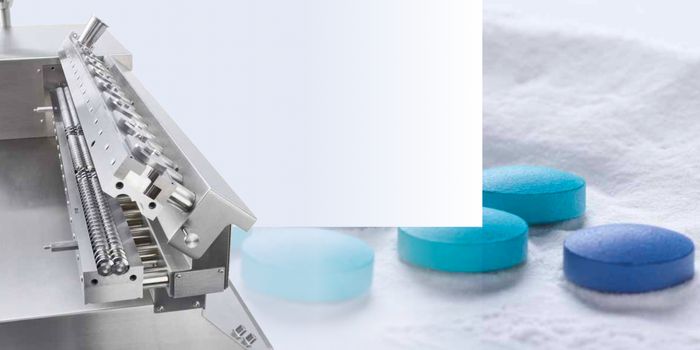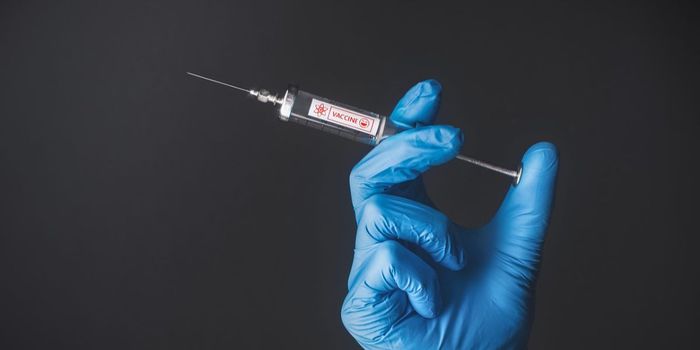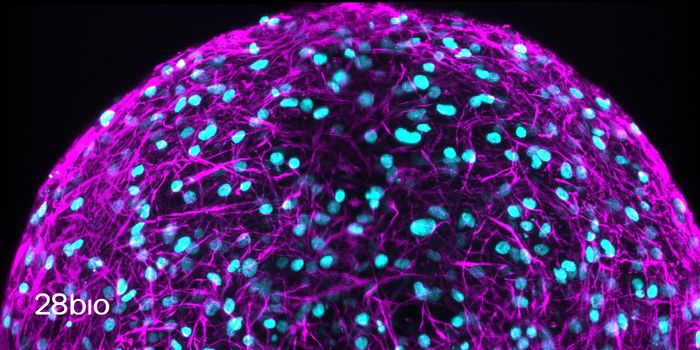How Do Drugs Treat Parasitic Infections?
How Do Medications Deal With Parasitic Infections?
Researchers have been curious to know how a common medication battles a parasitic infection known as lymphatic filariasis that causes sever swelling in the extreities. The drug called ‘diethylcarbamazine’ is known to paralyze the parasite that leads to the development of infection. However, how the mechanism works remains understood.
“Lymphatic filariasis is most common in tropical regions of western Africa and South America, though similar disease arises in animals in other regions of the world,” says Richard Martin, a Distinguished Professor of biomedical sciences at Iowa State University's College of Veterinary Medicine and senior author of the study.
Learn more about lymphatic filariasis, which according the the CDC, is the leading cause of permanent disability worldwide.
The drug diethylcarbamazine, was first discovered in 1947, and targets infections caused by parasitic roundworms. Now, the altest study aims to re-examine the efficacy of the therapeutic to improve overall patient outcomes.
"It's a drug that's not been extensively worked on for quite a number of years," Martin said. "People have just left it alone and assume that's how it works."
Findings were published in the scientific journal Communications Biology and describes how diethylcarbamazine strengthens our immune system but actually does not target the parasite.
"The parasites get displaced out of their local environment and end up getting stuck in liver cells and then they get gobbled up by the immune system," Martin said. "So the medication means the parasites are not able to stay in the place they want to."
“They also measured electrical currents passing through muscle cells and used gene knock-down technology to analyze how the medication affects parasitic activity,” he said. "If you know how this therapy works, you can start to select and develop better drugs that are maybe even more potent.”
Source: Science Daily









